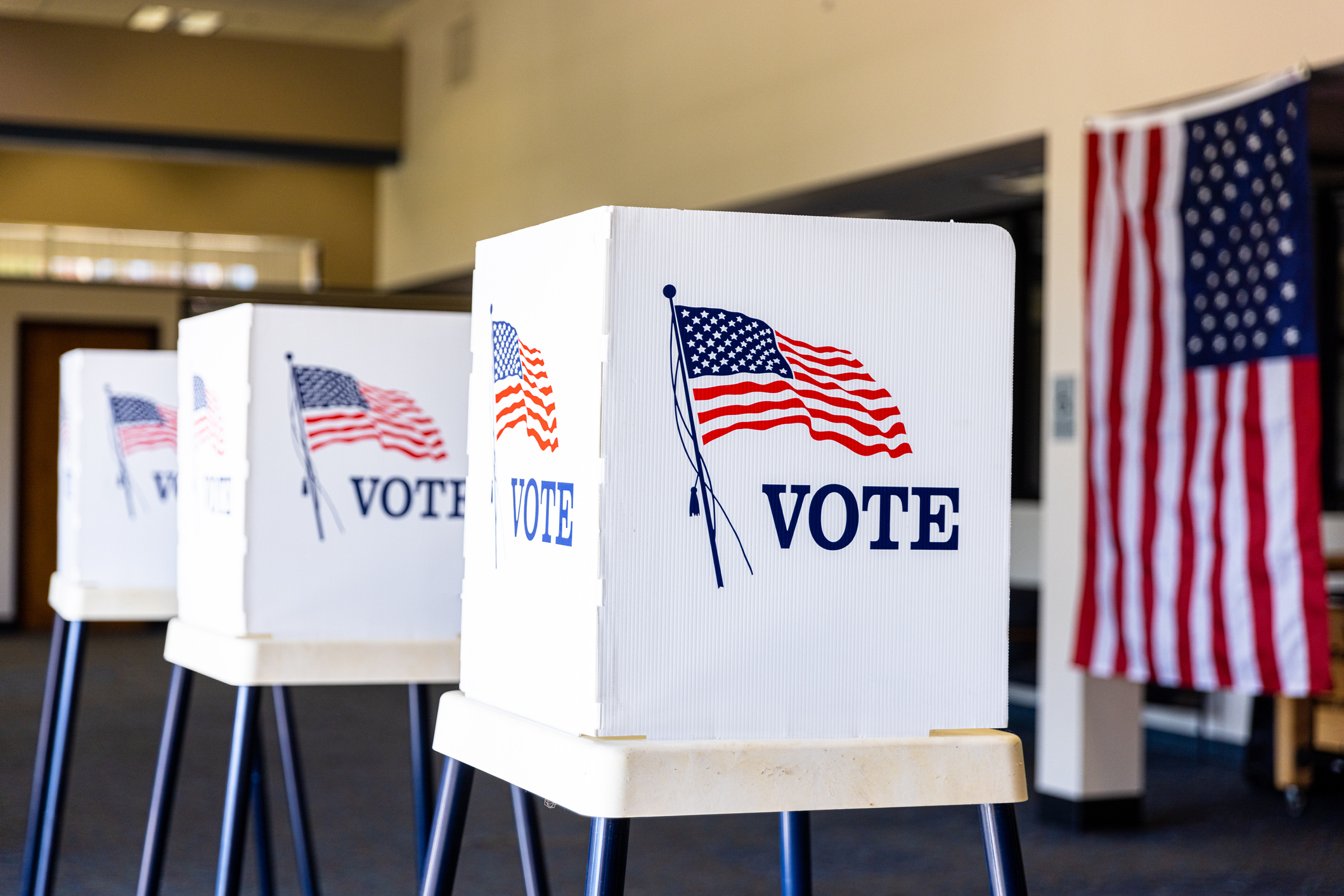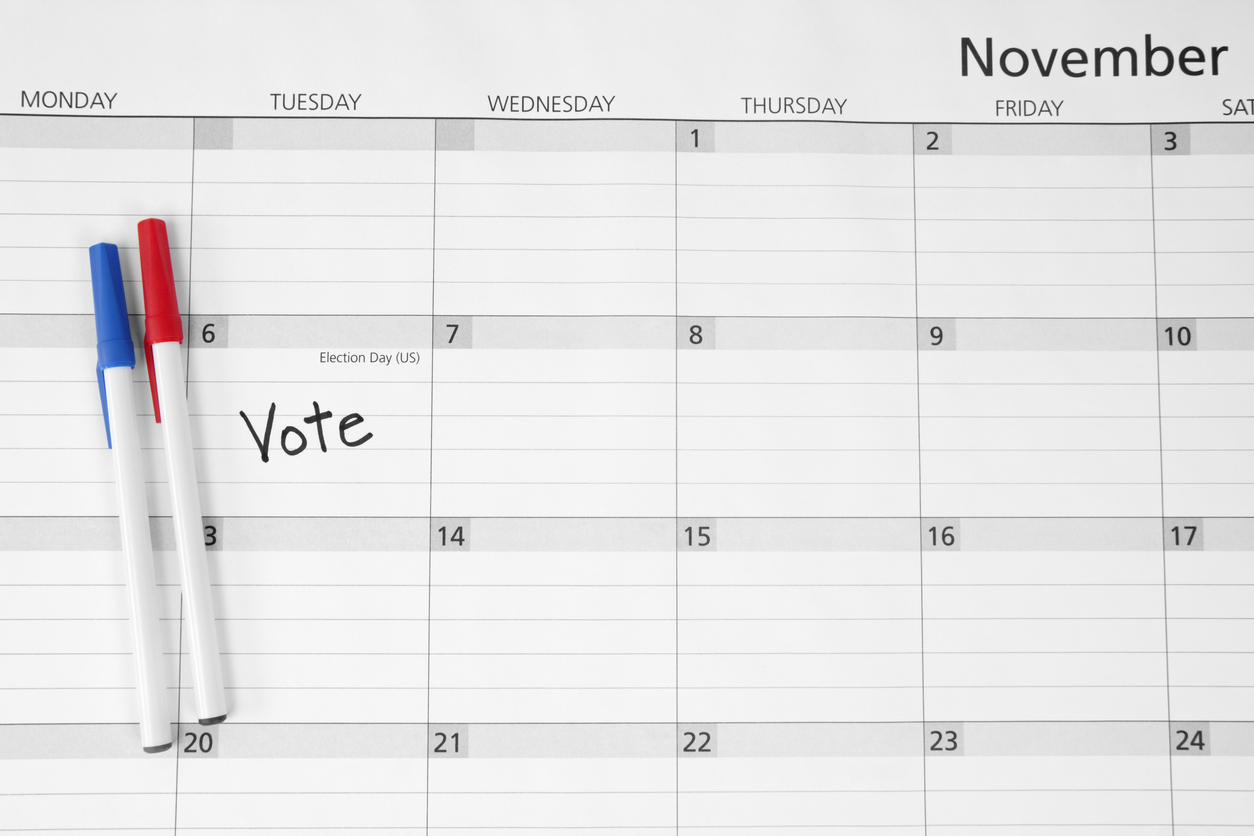
In the United States, Election Day has a rich history dating back to the founding of the nation. In the early days, when the United States was enacting its legal framework, the development of the Constitution played a significant role in determining how and when early presidential elections might occur. Overtime, this practice of holding elections became more standardized as more citizens were enacted the right to vote. Today, with the expansion of human rights and voting methods, Election Day in the United States remains a federally designated day for citizens to cast votes in-person and the deadline for individuals to vote-by-mail.
Early Presidential Elections
In the early days of the United States, election schedules varied widely between states. Some held elections in the spring, while others in the fall or even winter. With the first presidential election in the United States, held from December 15, 1788, to January 10, 1789, George Washington was unanimously elected as the first President. Subsequent early elections followed the guidelines laid out in the United States Constitution.
In Article II, Section 1, Clause 4, the United States Constitution originally provided that each state would appoint electors on a day of their choosing, and the Electors would meet in their respective states on the same day to cast their votes. However, this practice was not standardized, and the lack of uniformity led to some logistical challenges in those early elections. Over time, the practice became more uniform, and the first Tuesday after the first Monday in November became the designated date for general presidential elections.
First Tuesday of November
The choice of Tuesday for Election Day in the United States has its roots in historical and practical considerations. In the 19th century, the United States was primarily an agrarian society. The majority of the population lived in rural areas and were engaged in farming. In those times, people often had to travel significant distances to reach their polling places. Given the state of transportation at the time (mainly horse-drawn vehicles), a journey to the county seat where the polling place was located could take a day or more. By setting Election Day on a Tuesday, it provided voters with a day to travel to their polling place without interfering with the Sabbath (Sunday) or market day (Wednesday).
Tuesdays were chosen to avoid several potential conflicts. For instance, it prevented the election from falling on the first of the month, which was a common day for businesses to do their accounting. Additionally, it ensured that the election wouldn’t fall on the day immediately following the Sabbath, when some individuals might still be traveling. Over time, this practice of holding elections on the first Tuesday after the first Monday in November became a tradition, even though the original reasons (like the agrarian society) no longer apply in the same way.
In 1845, Congress passed a law designating a uniform Election Day for presidential electors. They specifically chose the Tuesday following the first Monday in November, thereby codifying this tradition into law.

Modern Implications of Voting
It’s important to note that while these historical reasons were influential in establishing Election Day on a Tuesday, the modern context and society in the United States have evolved considerably. Today, many people have more flexible schedules and easier access to transportation, and as a result, the original reasons for choosing Tuesday may not hold the same significance. Nonetheless, the tradition has endured.
Throughout the nation’s history, there have been significant expansions of voting rights, including amendments to the Constitution (such as the 15th, 19th, and 26th Amendments) and civil rights legislation in the 20th century. These changes have expanded the electorate and influenced the way elections are conducted. Many states currently have special elections or primaries on different dates, but the general presidential election follows this pattern.
As an important part of voting expansion, voting by mail, also known as absentee voting, became a way to avoid going to the polls on Election day. This is especially crucial for people who may have difficulty getting to a polling station due to disabilities, work schedules, transportation issues, or other commitments. Studies have shown that offering mail-in voting options have led to higher voter turnout. Researchers say absentee voting removes many of the logistical barriers that might prevent people from voting in person.
Additionally, in-person voting on Election Day in some states can be hindered by factors like long lines, limited polling locations, or restrictive voter ID laws. Voting by mail provides an alternative that can help mitigate these issues and ensure that everyone who is eligible has the opportunity to vote. Absentee voting has also become essential for members of the military, overseas citizens, and individuals temporarily living outside their home state or district to ensure that they have a means to participate in the democratic process.
Elections, particularly for the nation’s highest office, have been an essential part of the democratic process since the founding of the United States. Election Day remains a federally designated day intended to provide a time and space for voting. Although these processes have evolved over the years, when individuals in the United States feel that their voices are heard, either through voting in person on Election Day or through absentee voting prior to the election, they are more likely to become active participants in their communities and government. This human right is fundamental to a healthy and robust democracy.
Storypath: Elections can enhance student civic skills through simulation learning
Monet Hendricks is the blog editor and social media/meme connoisseur for Social Studies School Service. Passionate about the field of education, she earned her BA from the University of Southern California before deciding to go back to get her Master’s degree in Educational Psychology. She attended the graduate program at Azusa Pacific University pursuing her post-grad Educational Specialist degree in School Psychology and Applied Behavior Analysis and currently works as a School Psychologist in Los Angeles, CA. Her favorite activities include traveling, watching documentaries on mental health, and cooking adventurous vegetarian recipes with her husband.
